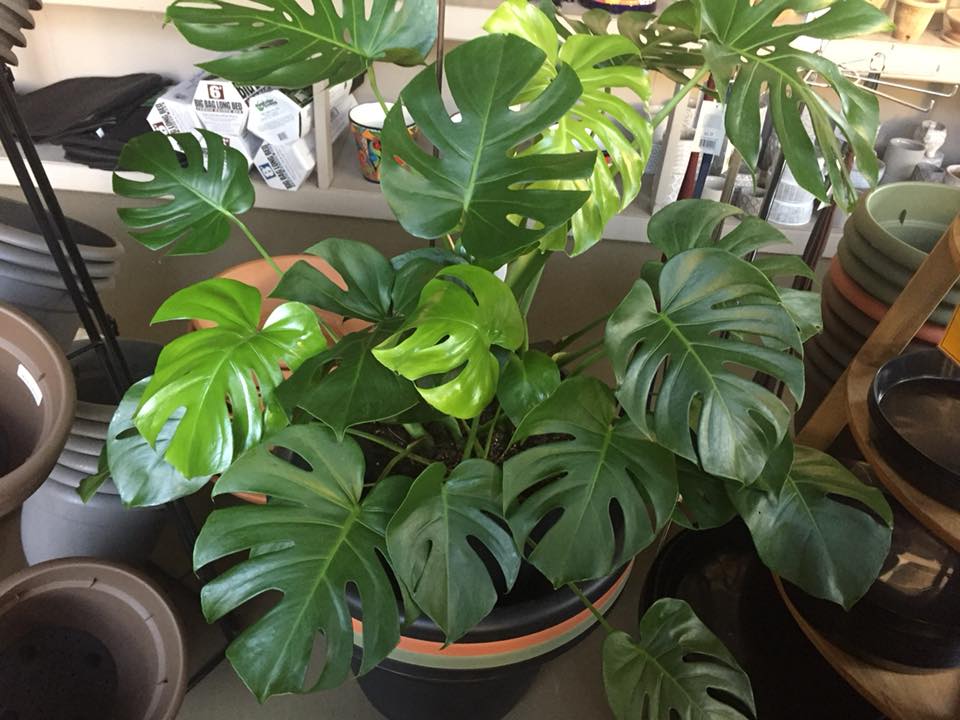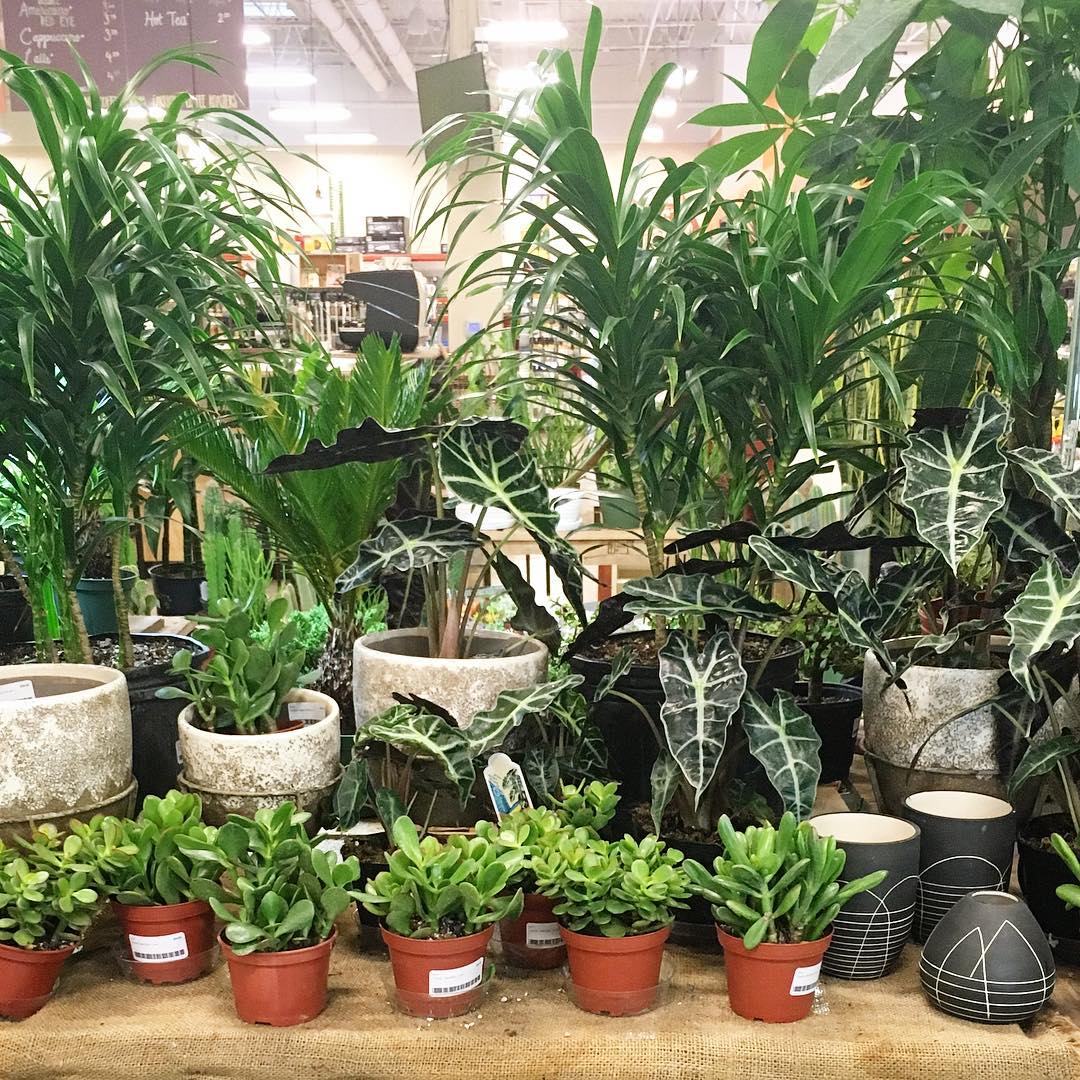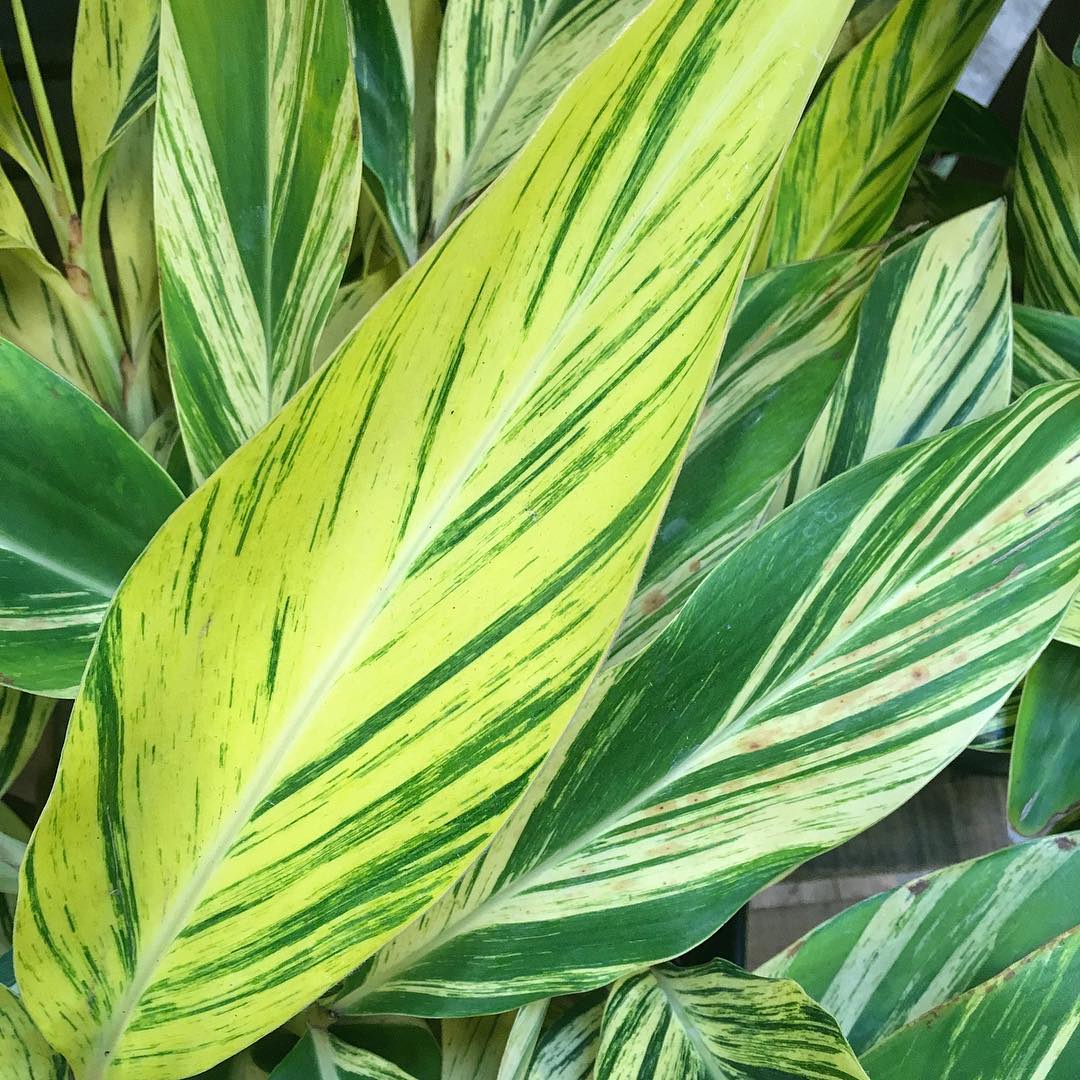-Chris Amaya-
Whether you know it or not, those house plants in the corner of the room are making a difference in the air quality in your home. Air-borne contaminants such as viruses, pollen, bacteria, and mold can be present and growing in your air conditioner, humidifier, and even carpet, circulating all throughout the house. Changing out your air filter every three months will help keep these pollutants down, but greening up your environment can also play a key role in improving indoor air quality.

NASA recommends using one plant per 100 sq. ft to help clean the air. Using plants that have a wide surface on the leaves such as Ivy, Pothos, Philodendron, Dracaenas, Snake Plant, Spider Plant, etc. tend to work best. Today I’m going to show you a few helpful care tips about proper placement, watering method, and occasional maintenance to keep your living air filters in tip top shape.
The majority of my house plants during the winter months hang out in the master bedroom where it is warmest, and they have the largest south facing window. This “large” window does its best to let in enough sunlight during the day for the overcrowded plants huddled next to it, but it’s not really unough light, so I’ve set up a four foot florescent light fixture above it on a timer to come on when the sun goes down (about 5pm) and go off when I approximately go to sleep (about 10pm) for a few extra hours of light. Some plants are more robust than others, so the smaller ones get a height boost with some makeshift shelving to get closer to the light.

Plants need a rest period to respirate, so be sure that timer is working correctly so that the light isn’t on all day and night. I generally don’t recommend a high pressure sodium bulb for basic house plants because fluorescent bulbs consume less energy and are cheaper to replace. But if you are an avid gardener and have many plants to bring inside over the winter, a 150 watt or 250 watt grow light will give you enough coverage and intensity to convince plants to produce fruit and flowers.
The humidity in my house constantly fluctuates due to the old school oil heat trying to fight the cold weather seeping through the floorboards, so the plants can really dry out fast if I’m not careful. To combat this issue I water once a week and take some other simple steps to keep Plants from drying out beyond recovery. If you are noticing that your plants are drying out much faster than you’re able to keep up with, I suggest a product called Soil Moist Granules that can be placed at the inside bottom of the container to help retain water and release it when the soil is dry. These granules can also be used for existing potted plants by using a pencil or pen to make holes 3-5 inches deep and away from the base, filling the holes with the Soil Moist granules, and covering the filled holes with soil. When I water, I do it thoroughly, so water will come out of the bottom of the plant containers. I place groups of smaller plants in 10×20 flat trays and larger containers in plant saucers to help keep the carpet dry and to create a humid environment around my plants. I generally tend to group the smaller plants together anyways to create a mini greenhouse effect for that extra humidity boost.

Mostly, all of my houseplants are tropicals that need to be brought inside during the fall months, and space can be very limited. This tends to be my opportunity to clean up with some pruners and cut back older growth (and sometimes new) so that plant elbows aren’t touching one another. Doing this helps keep pests and diseases from easily colonizing the entire batch of new roommates you just created. Safer Insecticidal Soap and Sticky Fly Traps are a quick and affordable way to set those hitchhiking pests back a few generations so be sure to keep some handy. Lastly, I cut back on fertilization during this time as well because the plants are not getting a lot of sunlight, and the low temperatures decrease cell division drastically. BioAg makes an insanely cheap micronutrient bag called TM-7 that is a massive helper in getting those obscure minerals like Zinc and Molybdenum while also adding humic acid for enhanced uptake.
Now that we have gotten all of the hard parts of getting your plants settled in, we can enjoy the fruits of our labor by breathing easy and watching our little friends grow. Be mindful when cultivating these ornamental plants when you have pets that roam the house while you are not home, for they can be tempted to chew and become easily poisoned. For more information please feel free to come inside any of our locations and chat with us! Happy gardening!

June says
I reasonly moved to an apartment my flowers hate. Heat and air conditioner blow directly at the window. What can I do?
ashley says
Hi June,
Sorry you are having this problem!
First, we’d suggest trying to block the air by rotating the vent louvers or using a screen, if possible. If you have standard vents, there are inexpensive covers you can put on them that redirect airflow. If that isn’t a possibility, you can try to move plants as much as possible out of the direct blast of air, while still keeping them in the light. You will also need to increase humidity around your plants, because that blowing air is very drying. Setting plants on top of humidity trays/saucers filled with pebbles or clay aggregate (hydroton) and water will raise the ambient humidity around your plants. Just make sure the plants are not sitting in the water, but on top of the pebbles above the water level. You should also use a plant mister to mist foliage to combat dryness. Hope these suggestions help. Cheers!